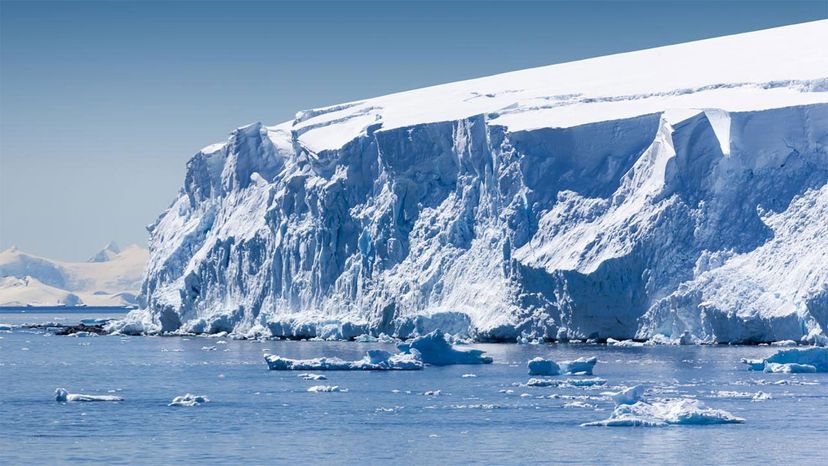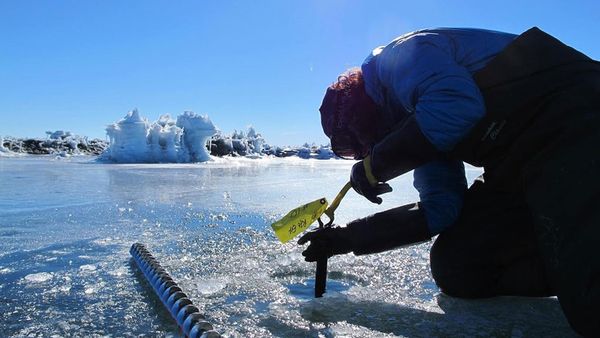
Key Takeaways
- The Thwaites Glacier, often dubbed the "Doomsday Glacier," is rapidly melting, contributing significantly to global sea level rise with its current rate of ice loss expected to accelerate.
- It is the widest glacier on Earth, covering an area larger than Florida, and its unique size and dynamics make its potential collapse particularly alarming for global sea levels.
- Recent studies using autonomous underwater vehicles have revealed rapid retreat periods in the glacier's history, indicating potential future acceleration in melting, raising concerns about the stability of the surrounding West Antarctic Ice Sheet.
It's not often that a TV comedian talks glaciology. But CBS funnyman Stephen Colbert did just that Sept. 8, 2022, when he worked some new research into the opening monologue on his primetime series, "Late Night with Stephen Colbert."
The bit was inspired by an Antarctic glacier that's disintegrated to an alarming degree. Headline writers have taken to calling it the "Doomsday Glacier," which prompted the barrage of jokes from Colbert.
Advertisement
"Can't we pick something a little happier like the 'free guac glacier' or the 'have you lost weight iceberg?'"asked Colbert.
Advertisement
